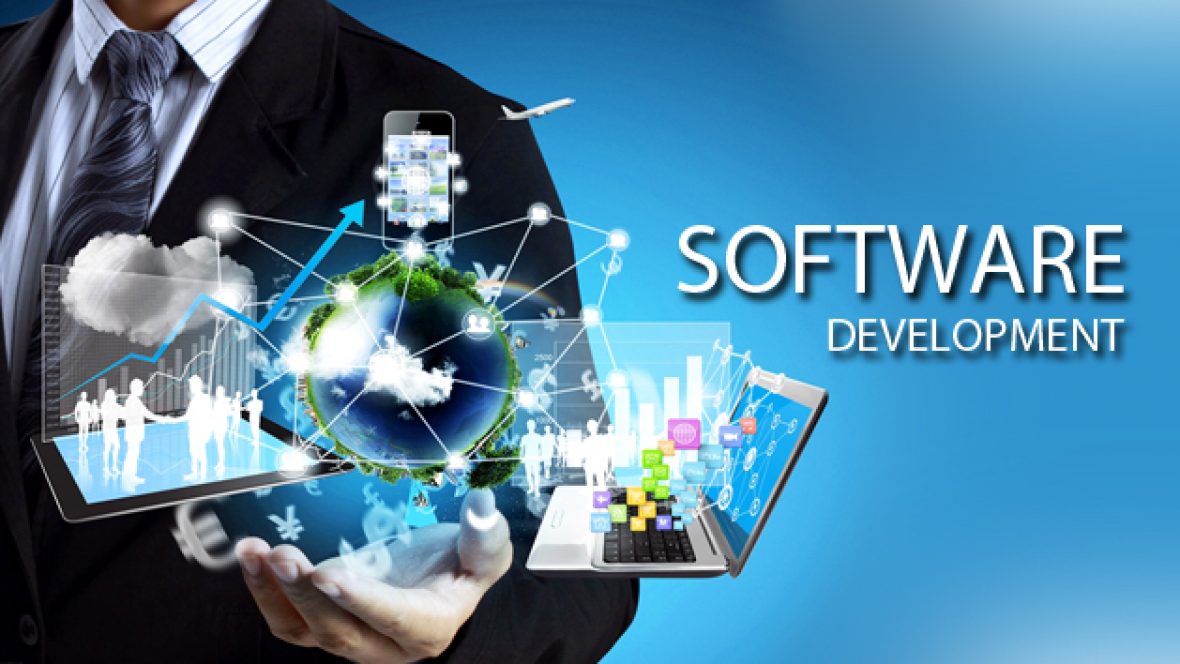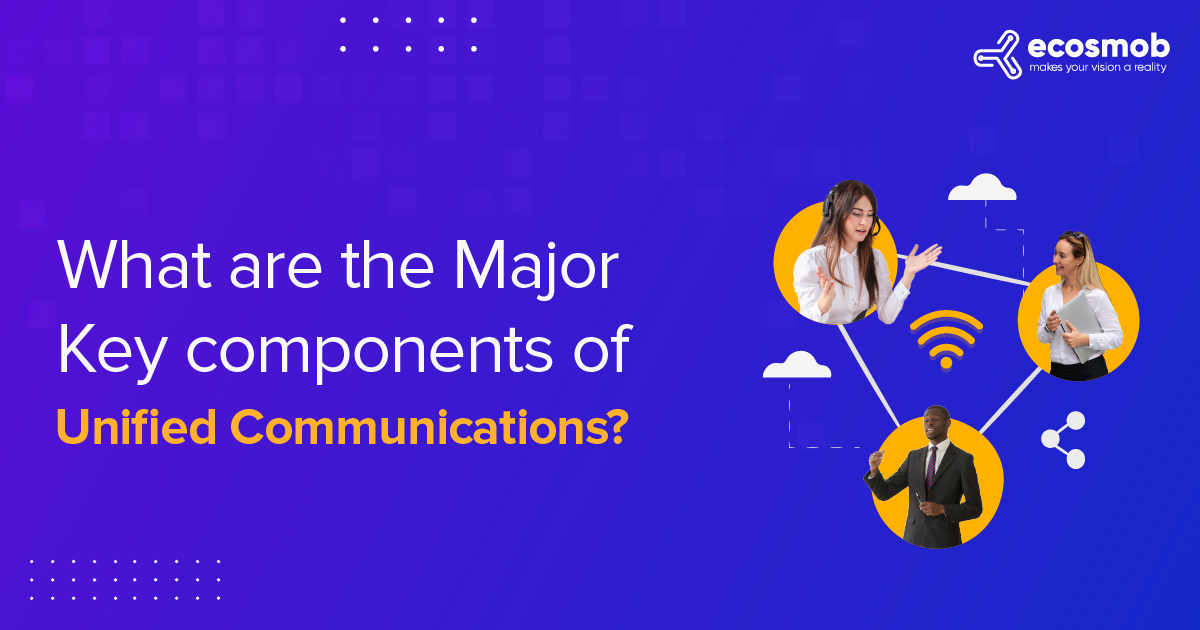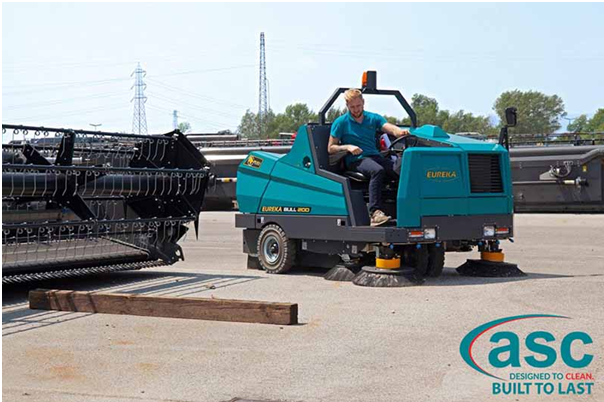The IoT-enabling technology is a rapidly growing network of connected devices that are changing the way various industries work. Right from smart homes to automation of manufacturing operations, the IoT is transforming almost every aspect of the business. Along with the development of new technologies such as 5G, AI, and blockchain, the potential for the IoT to transform industries is increasing with each passing day.
IoT offers a wide range of opportunities to varied industries and businesses. However, with opportunities, IoT also has its own share of challenges as security and privacy. Despite such challenges, the potential for the IoT to reshape businesses is immense.
IoT Networks Decentralized
Cloud service providers are increasingly pressurised by growing responsibility, creating a potential single point of failure for connected systems and making them vulnerable to attacks due to their high market exposure.
On the other hand, Blockchain's decentralized network approach utilizes a distributed ledger of transactions shared among network nodes, eliminating the need for a central server. However, the computational power required for the encryption and verification of blockchain transactions often exceeds the capabilities of IoT device security.
As the number of IoT and connected assets increases, cloud infrastructure and maintenance costs will come under pressure. Therefore, there is a growing need to reduce dependence on cloud-based platforms for faster data analysis and data-driven decision-making. Businesses and organizations must consider the option of either bringing data to the cloud (if necessary) or processing it at the edge to mitigate the challenges associated with cloud-based solutions.
Increase in Smart Industries
Industries are being smarter with the integration of Internet of Things devices and going to do more in the coming days. The use of smart industry applications has been on the rise for years, and it will continue throughout the 2020s.
Some of the core applications of IoT for the Smart Industry
Predictive Maintenance: Smart sensors can help plant managers stay ahead of equipment maintenance, which can result in significant cost savings. The IoT-based data fetched from sensors can reduce unplanned downtime and maintenance costs at a high rate.
Equipment Optimization: IoT can give plant managers greater production visibility, which allows for more efficient load balancing across equipment and plants. This can help identify opportunities for better and more sustainable production methods, such as in the ice cream industry.
Improvement of Supply Chain Management: IoT can optimize various aspects of supply chains, such as reducing waste by ensuring products are shipped and stored in appropriate environmental conditions, streamlining inventory management workflows, and optimizing transportation operations.
Hence, IoT can clearly benefit businesses across industries. It is expected that there will be continued growth, iteration, and improvement of smart industry applications across various industrial processes. Supply chains, in particular, are likely to see significant innovation due to recent shortages which have led to new circumstances.
Artificial Intelligence and IoT
The utilization of IoT technology to support artificial intelligence is one of the most interesting applications of a connected ecosystem. There is an interdependent relationship between AI and IoT, where IoT sensors provide distributed data to AI and AI, in turn, provides advanced management to IoT.
With AI being heavily dependent on data, IoT sensors are a valuable asset to the machine learning data pipeline. According to Research and Markets, the worth of Artificial Intelligence (AI) in the Internet of Things (IoT) technology will likely reach $14,799 million by 2026.
The quality of data is crucial for the success of machine learning techniques, and live data from IoT sensors monitoring factory equipment can support machine learning algorithms in determining when equipment will require maintenance in the future. This is known as predictive maintenance and is considered one of the most important applications of AI in the manufacturing industry.
Another area where IoT and AI collaborate to enhance industrial and distribution industries is a visual inspection. While machine learning has exceptional proficiency in pattern recognition, it cannot achieve this without access to data of high quality. With the increasing bandwidth and expanding opportunities for IoT networks are going to be important in various industries. Hence, the use of machine learning is expected to grow in the coming years.
Role of Edge Computing
Many real-time applications rely on edge computing, which processes information closer to the user, reducing the load on the entire network. It is accomplished by processing data on edge devices instead of a central source. Edge computing not only reduces latency in IoT technology, but it also has the potential to increase data processing security. By exchanging information with an edge device and returning it directly to the user, data can be processed on the edge device instead of being transmitted to a central server. Thereby decreasing the risk of interception by hackers. In such cases, data stored in memory is not necessary.
Edge computing is beneficial in situations that require quick decision-making, especially matters related to security and safety. For instance, IoT edge computing can be used to prevent damages by automatically halting machinery from operating when someone enters a restricted area at a factory. Autonomous vehicles rely on real-time data for making critical decisions, which can have a dire impact on emergency situations while on the road.
Connected Networks Aid Manufacturers
The manufacturing industry is mostly benefitting substantially from the potential of IoT-enabling technology. The presence of sensor arrays on factory floors has led to increased levels of automation, and the expansion of IoT sensors in manufacturing has facilitates the development of advanced artificial intelligence applications. The critical data provided by these sensors is essential for AI-driven solutions such as predictive maintenance, defect detection, digital twins, and generative design.
Wrapping Up
The future of IoT-enabling technology for businesses is bright and full of possibilities. As the number of connected devices continues to grow, the potential for data collection and analysis becomes increasingly significant. With IoT, businesses can streamline their operations, optimize resource utilization, and enhance their decision-making processes. Furthermore, IoT is a catalyst for innovation, driving the development of new products and services that offer superior levels of comfort and personalization. To stay competitive in today's fast-paced business environment, it is essential for companies to embrace IoT and explore its potential to transform their operations and create new opportunities for growth.

 Eva Jackson
Eva Jackson








